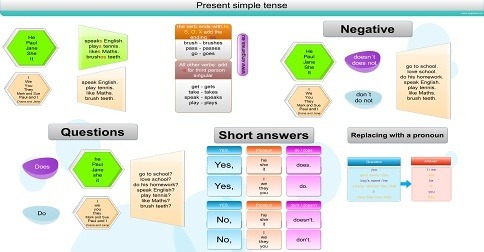Present simple tense for elementary students
Present simple is one of the most important tenses in English. It is quite easy to teach and learn but it must be done properly. In this post I am going to teach some vocabulary first and then teach the forms using the verbs. ADVERT: [showmyads] In this post you can find a worksheet, a…
